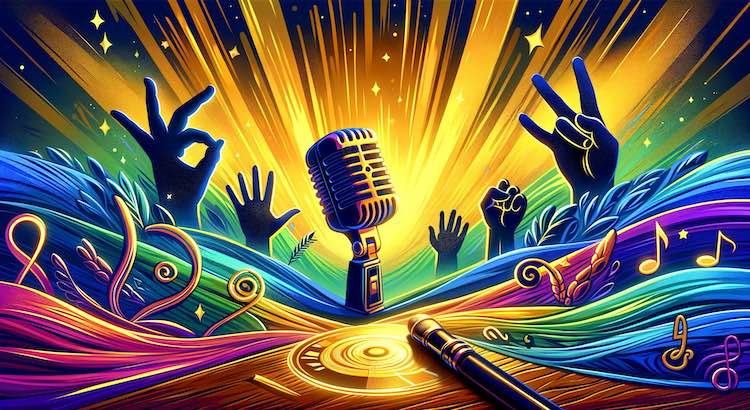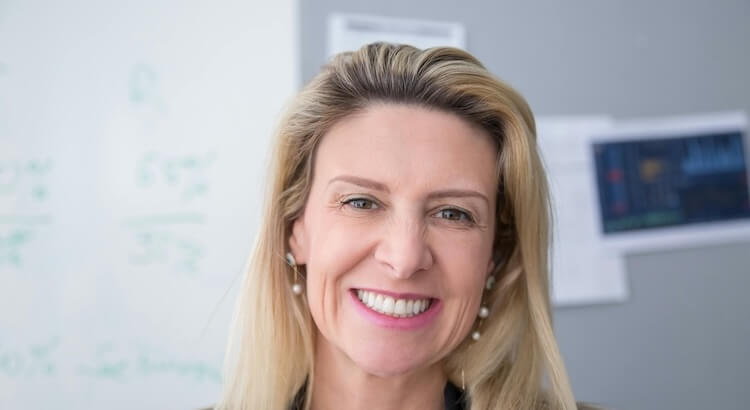Deaf and Hard of Hearing Celebrities: Advocacy, Impact, and Accessibility
Deaf and hard of hearing celebrities have made a lasting impact in entertainment and society. Through their achievements and advocacy, they show the world the value of diversity and accessible media.
The Role of Deaf Celebrities in Advocacy and Awareness
Many deaf celebrities use their fame to support the deaf and hard of hearing community. They champion causes that help make media, events, and education more accessible.
- They push for more closed captions in movies and TV.
- They support the use of sign language interpreters at live events, award shows, and press conferences.
- They educate everyone about deaf culture and the importance of accessibility.
According to the National Association of the Deaf, accessible media allows over 48 million Americans with hearing loss to participate fully in culture and society (2022).
Impact on the Entertainment Industry
Deaf and hard of hearing stars have changed how TV and film portray deaf characters. They ensure stories move beyond stereotypes and reflect the real-life deaf experience.
- Roles for deaf actors have increased since the mid-2010s (Gallaudet University, 2021).
- Films and shows now feature deaf superstars in meaningful, leading roles.
- Sign language is more common on screen, helping bridge communication gaps.
These changes make entertainment richer and more inclusive. They also offer job opportunities for deaf performers and crew, strengthening the industry as a whole.
Famous Deaf and Hard of Hearing Celebrities
- Marlee Matlin: First deaf actor to win an Academy Award. She's an activist for sign language access and inclusivity.
- Nyle DiMarco: Model, actor, and advocate. He won both "America's Next Top Model" and "Dancing with the Stars." Nyle campaigns for better education and resources for deaf children.
- Millicent Simmonds: Star of "A Quiet Place," she brings authentic deaf representation to the big screen.
Their stories show that hearing loss does not limit talent or success.
Advancing Accessibility in Media
Advocacy by these celebrities drives improvements in media accessibility. As streaming platforms grew in the last decade, demand for captions and sign language surged (Pew Research Center, 2023).
- Closed caption services are now standard on most digital platforms.
- Some events and shows feature live sign language interpretation.
- More creators use subtitling services to reach global deaf audiences.
Still, not all media is accessible. That's why ongoing advocacy is vital.
Benefits of Accessible Media
- Helps people with hearing loss understand content fully.
- Improves focus and literacy for all viewers, including children learning to read (Journal of Deaf Studies and Deaf Education, 2020).
- Reaches new audiences, including non-native speakers and those watching in noisy environments.
Influence on Society's Perceptions
Deaf celebrities don’t just change the screen—they help change minds. Their visibility fights old myths and shows the strengths of the deaf community.
- They prove that deaf people can succeed in any career, from acting to directing and beyond.
- They help hearing people learn and appreciate sign language and accessible practices.
- They inspire schools, employers, and governments to foster inclusivity.
Research shows that positive media portrayals of disability increase empathy and reduce stigma (Disability Studies Quarterly, 2022).
How Transcription and Accessibility Support Inclusion
Transcription and captioning tools play a central role in making media accessible. They also support advocacy by giving everyone equal access to information.
- Transcription services convert audio to text for interviews, meetings, and videos.
- Automated transcription enables fast turnaround for high-volume projects.
- AI transcription subscriptions offer affordable and scalable solutions for content creators.
These solutions support not only the deaf and hard of hearing, but anyone needing access to clear, searchable, and shareable content sets.
Next Steps for a More Inclusive Future
As more people understand the value of accessibility, the demand for quality captions, subtitles, and translations increases. Organizations can help by:
- Using transcription proofreading services to ensure accurate captions and subtitles.
- Adding translation services to reach global audiences.
- Leveraging audio translation services so content is accessible across languages.
Affordable transcription pricing and captioning rates mean even small media teams can provide accessible content.
Conclusion: GoTranscript Fuels Media Accessibility
Deaf and hard of hearing celebrities have changed culture, broken barriers, and made advocacy mainstream. Their work helps society see the importance of accessibility and inclusion for everyone.
If you want to improve your media's accessibility, GoTranscript offers a complete suite of solutions, including transcription services, closed captioning, subtitling, and translation. You can order transcription or order captions online for fast, reliable results.
Join the movement for greater inclusivity—make your content accessible to all with GoTranscript.



















 Verified Order
Verified Order